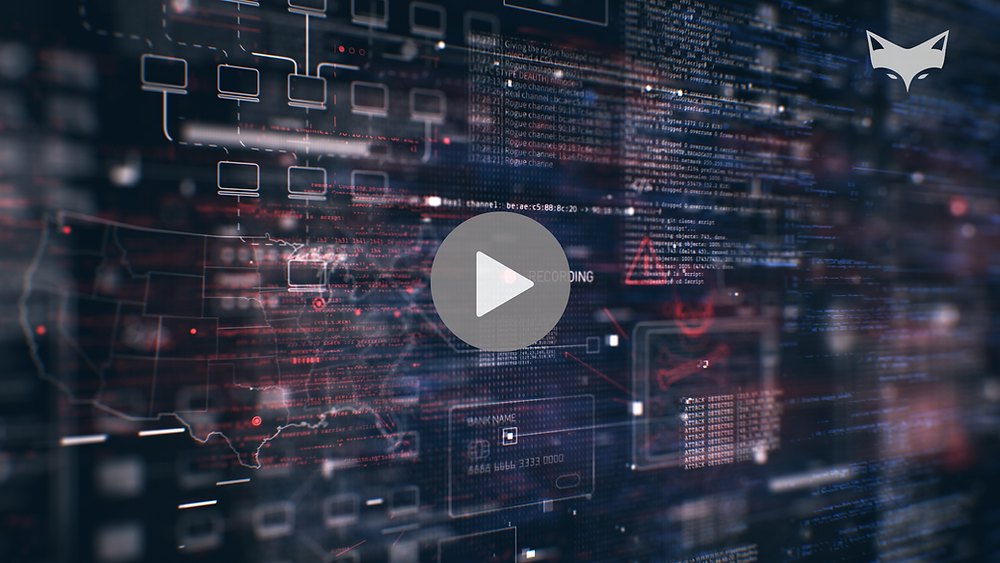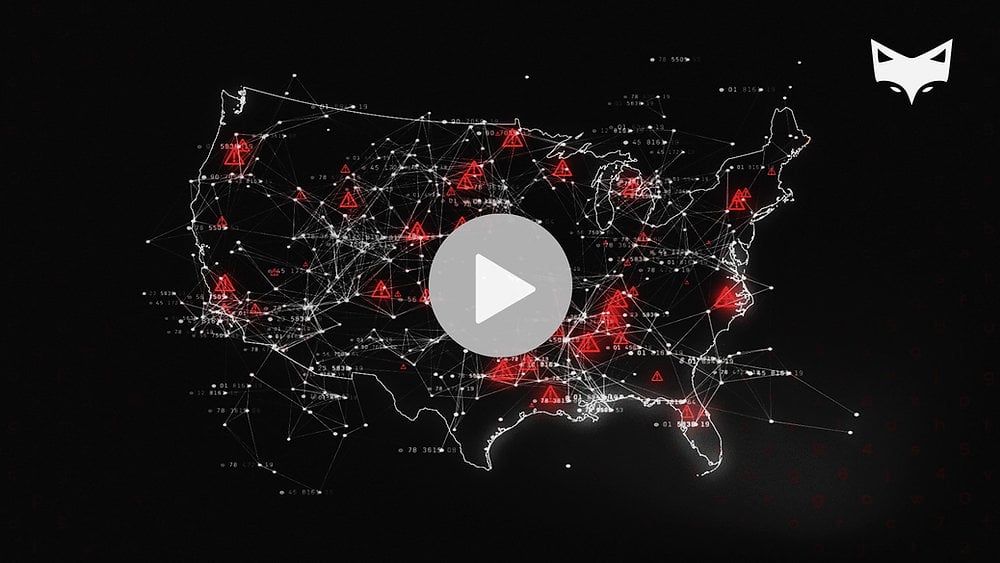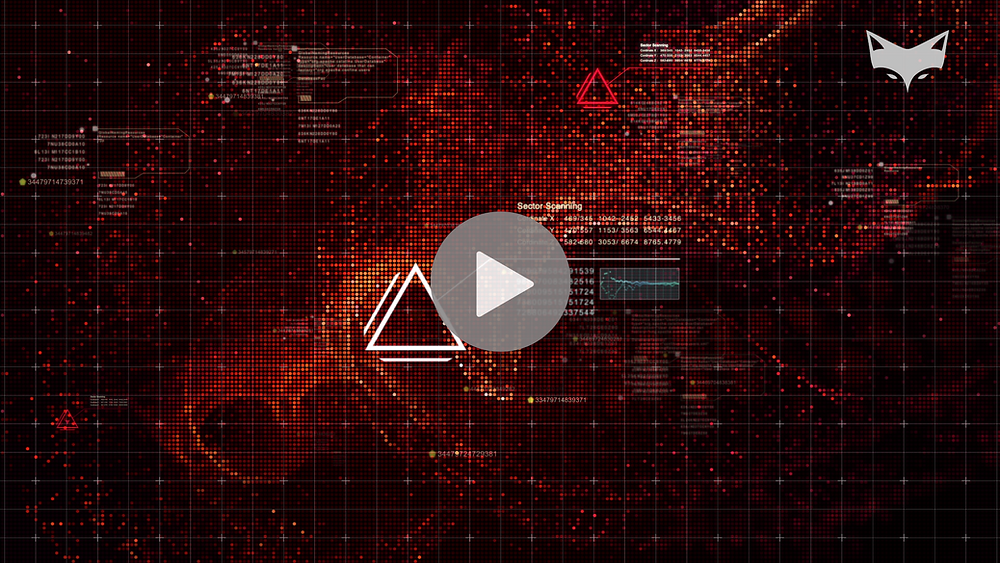
The digital era has brought about remarkable advancements, but with these advancements come
increasingly sophisticated cyber threats. Among these threats, malware significantly contributes to cyberattacks, accounting for many incidents. This blog will discuss the importance of malware identification products, focusing on the revolutionary impact of zero-day malware identification, and present supporting financial figures that justify the need for these solutions in contemporary industries.
Malware Attacks vs. Other Cyber Security Threats
In today's digital landscape, cyberattacks come in many forms, including phishing, denial of service
attacks, and insider threats. However, malware attacks have consistently been a prominent
threat, making up a significant portion of all cyber incidents. According to the 2021 Data Breach
Investigations Report by Verizon, malware was involved in 35% of all data breaches (Verizon,
2021). This figure underscores the prevalence of malware attacks compared to other cyber
threats and highlights the importance of investing in malware identification products, particularly
those capable of addressing zero-day threats.
The Rising Threat of Malware and Zero-Day Attacks
The number of malware attacks has grown exponentially in recent years, with hackers constantly
exploiting vulnerabilities in systems and networks. Zero-day attacks, which exploit previously
unknown vulnerabilities, are particularly concerning as they often go undetected and can cause
substantial damage. According to a report by Cybersecurity Ventures, cybercrime is predicted to
cost the world $10.5 trillion annually by 2025, up from $3 trillion in 2015 (Morgan, 2021). The fact
that malware accounts for 35% of all data breaches emphasizes the escalating threats posed by
malware, especially zero-day attacks, and the urgency for organizations to invest in robust
cybersecurity measures.
The Necessity of Malware Identification Products for Zero-Day Threats
Advanced malware identification products are essential for detecting, analyzing, and mitigating
threats, including zero-day attacks, before they cause irreparable damage. These products
provide real-time protection and use innovative techniques such as machine learning, artificial
intelligence, and behavioral analysis to identify and neutralize malware attacks. As cybercriminals
continue to develop more sophisticated malware and zero-day exploits, the need for cutting-edge
identification tools become even more critical, especially given the prevalence of malware
attacks compared to other cyber threats.
The Revolutionary Impact of Zero-Day Malware Identification on the Industry
The ability to accurately identify and mitigate zero-day malware attacks will revolutionize the
industry, significantly reducing the risk of data breaches, financial losses, and reputational
damage. The development of zero-day malware identification technologies will provide
organizations with advanced defense mechanisms, helping them to stay one step ahead of
cybercriminals. Furthermore, zero-day identification capabilities will enable organizations to
respond more effectively to emerging threats and build more resilient infrastructures. This
innovation will ultimately boost confidence in digital services, fostering growth across various
sectors.
Supporting Financial Figures
Several high-profile cyberattacks involving malware and zero-day exploits have resulted in
substantial financial losses, emphasizing the need for malware identification products and the
the potential impact of zero-day solutions:
• The WannaCry ransomware attack in 2017, which used a zero-day exploit, caused an
estimated $4 billion in damages globally (Paavola, 2017).
• In 2020, the SolarWinds supply chain attack, which also employed a zero-day exploit,
affected over 18,000 organizations and is estimated to have cost billions of dollars in
damages (McMillan & Volz, 2020).
The average cost of a data breach in 2021 was $4.24 million, an increase of 10% from 2020 (IBM,
2022). These figures highlight the devastating financial consequences of malware attacks, which account
for a significant 35% of all data breaches, and the necessity for businesses to invest in
comprehensive malware identification products, including zero-day solutions, to safeguard their
digital assets.
Market for Malware Identification Products and the Potential for Zero-Day Solutions
The global malware identification market is projected to grow rapidly, driven by the increasing
number of cyberattacks and the growing adoption of digital services. According to a report by
MarketsandMarkets, the global malware analysis market size is expected to grow from $3.0 billion
in 2020 to $11.3 billion by 2025 at a Compound Annual Growth Rate (CAGR) of 30.5%
(MarketsandMarkets, 2020). As zero-day malware identification technologies become more
prevalent, the market potential for these advanced solutions is expected to expand significantly,
further driving growth in the malware identification market.
Conclusion
Since malware accounts for 35% of all data breaches, malware identification products particularly those capable of addressing zero-day threats, are paramount in today's industry. The revolutionary impact of zero-day malware identification technologies will significantly enhance the industry's ability to combat cyber threats, reducing the risk of data breaches, financial losses, and reputational damage. The rapid growth of the malware identification market and the financial impact of cyberattacks demonstrate the urgent need for organizations to prioritize their cybersecurity efforts, with a strong focus on zero-day identification solutions. By investing in advanced malware identification tools, businesses can mitigate potential losses, maintain the integrity of their systems and networks, and adapt to the
ever-evolving cyber risk landscape.










